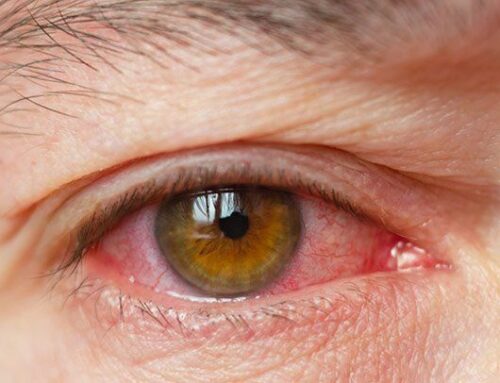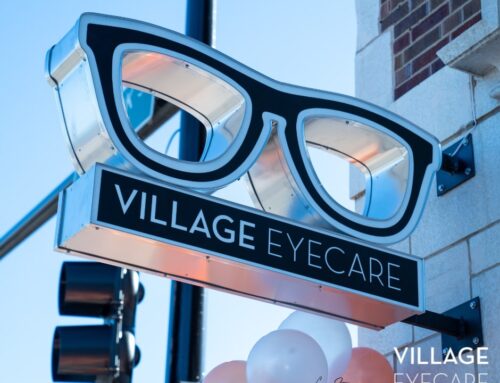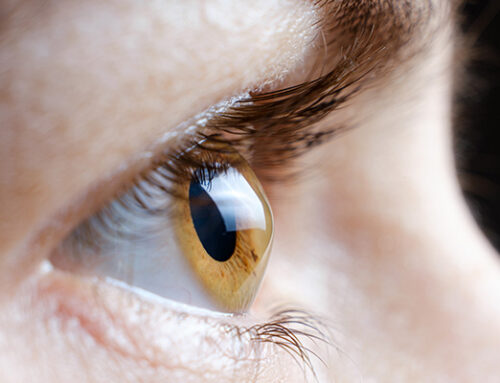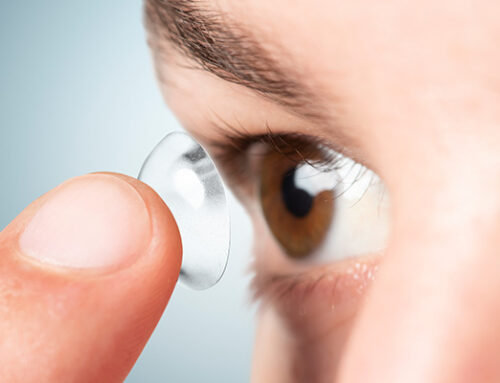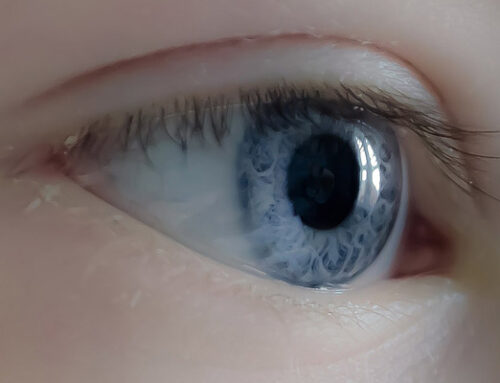Driving with Keratoconus: Before & After Sclerals
Driving with Keratoconus: Before & After Sclerals
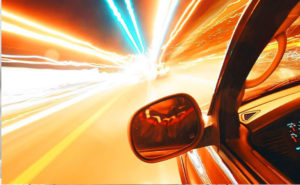 When you drive your car, do street lights seem blurry? Do you see strong glare, even with sunglasses? Is driving at night hard because you can’t clearly see other cars or their brake lights? If you have keratoconus, you’ve probably experienced any number of frustrations while driving. But don’t worry; we’ve got you covered…with scleral lenses.
When you drive your car, do street lights seem blurry? Do you see strong glare, even with sunglasses? Is driving at night hard because you can’t clearly see other cars or their brake lights? If you have keratoconus, you’ve probably experienced any number of frustrations while driving. But don’t worry; we’ve got you covered…with scleral lenses.
At Village Eyecare, we help keratoconus patients from Chicago, IL have an easier time driving. If you’ve tried other solutions without any improvement, talk to Satti Sarai about how scleral lenses can help.
How Keratoconus Affects Driving
Driving requires some pretty important visual skills. Every driver needs the ability to clearly see other cars changing or merging lanes, brake lights, turn signals, and stop signs, and they need to see them in sharp detail. A sudden glare in the eye or a moving vehicle that looks blurry can mean the difference between safe driving and a serious accident.
Keratoconus causes the natural round shape of the cornea to change to a cone-like shape. When this happens, the light can’t enter the eye correctly, which affects your brain’s ability to process the images that your eyes see. That’s why things seem blurry and you develop a sensitivity to strong light, which can interfere with your driving skills.
How Do Scleral Lenses Help Me Drive With Keratoconus?
Scleral lenses have a large diameter that covers a large area of your eye but without directly touching your cornea. The smooth surface of the lens almost acts like a replacement for the misshapen cornea, giving you sharp, clear vision. Like looking out of a slightly dirty window once it’s been cleaned, you’ll enjoy a boost in clarity like never before.
Driving with Keratoconus: Before Scleral Lenses
Have you ever driven to the movies or out to dinner at night? Maybe you’ve gone out with your spouse or a group of friends, and as you head out to the theater or restaurant, street signs aren’t totally clear. Maybe the arrows on an exit ramp seem wavy when they’re actually straight.
These kinds of things can make you miss an exit, get lost, or just feel nervous while in the driver’s seat, and that’s never a good thing. In more severe cases, you may even be unable to recognize other cars, making you drive erratically and causing an extremely dangerous situation.
Driving with Keratoconus: After Scleral Lenses
What if you could not only see clearly when driving places but experience longer-lasting comfort, make out signs and other cars in sharp detail, without strong glare or pain from bright lights? That’s exactly what you can expect to happen with scleral lenses.
Going to your office, school, a park, or on a road trip? You’ll see more vibrant colors and sharper contrast, and details of images and objects wherever you look. Driving while wearing scleral lenses is a totally different (and more positive) experience.
I Already Wear Contacts. What’s the Difference?
If you have keratoconus and you already wear standard contact lenses, you may not even know that there are better solutions out there. Unlike basic soft contacts, scleral lenses have a larger diameter, which gives them a greater coverage area of your eye without actually touching the cornea.
One of the biggest benefits of scleral lenses is a tiny pool of artificial tears that are built into each lens. It provides a constant source of moisture to your eyes, keeping them soft and well-lubricated throughout the day.
What’s not to love?
Scleral lenses’ size and moisturizing abilities result in a much more comfortable fit for all-day wear, so driving home after a long day at work, school, or errands is less stressful and a whole lot easier.
So try scleral lenses and tell your keratoconus to hit the road!



